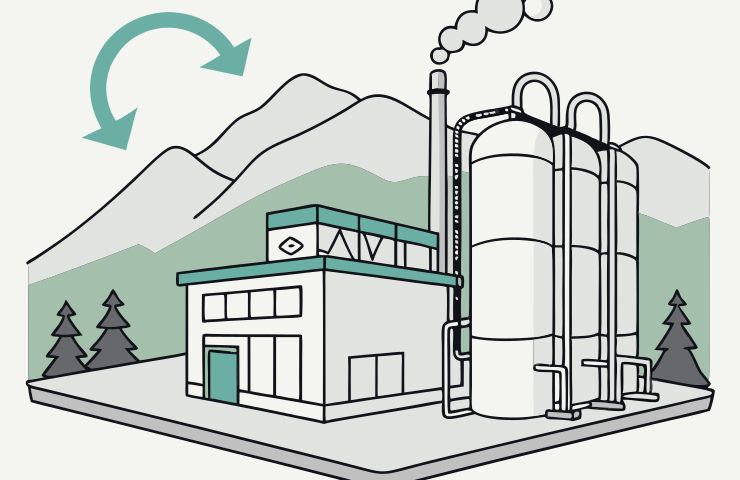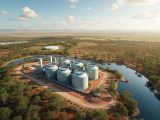
Hydrogen Production Set to Heat Up in North Vancouver with New Liquefaction Facility
May 26, 2025Hydrogen Technology and Energy Corporation (HTEC) is gearing up for something big in North Vancouver—a major new hydrogen liquefaction plant that could change the game for clean energy in the region.
Turning Waste into Clean Fuel
The idea is pretty forward-thinking: take industrial waste gases that would normally go unused and transform them into something valuable—15 tonnes of liquefied hydrogen every single day. To make that happen, HTEC is teaming up with ERCO, a key partner providing the waste gas stream for the process. It’s a smart reuse of resources that supports Canada’s push toward more green hydrogen.
Cool Tech—Literally
To liquefy the hydrogen, the facility will rely on helium cryogenic cooling technology to chill the gas to a jaw-dropping -253°C. Why so cold? That’s what it takes to safely transport hydrogen by truck—part of building out the larger hydrogen infrastructure needed for a cleaner energy future.
A Push for Zero-Emissions
This project isn’t just about innovation—it’s about timing and goals. It ties directly into Canada’s 2030 Emissions Reduction Plan, which calls for 30% of hydrogen production to come from clean sources. On top of that, it supports North Vancouver’s more long-term vision of switching entirely to renewable energy by 2050.
Safety First, Always
When you’re dealing with hydrogen at these levels, safety has to be a top priority. HTEC isn’t cutting corners—they’ve built in extensive safety protocols, from rigorous risk assessments to installing hydrogen detectors and pressure relief valves throughout the facility.
What It Means for the Local Economy
If everything goes as planned and the project gets the green light from local council—which is voting on it tomorrow—the facility’s not just bringing clean energy; it’s bringing jobs and revenue. Around 35 construction jobs and 15 full-time operating roles are expected, with the plant generating an estimated $40 million a year.
Bigger Implications for Industrial Decarbonization
Bottom line? This isn’t just one more facility. It could be a stepping stone to bigger things—kickstarting innovation, scaling up zero-emission technology, and pointing the way for other industrial sectors aiming to cut carbon. If it gets approved, you can expect this project to make waves across Canada’s industrial decarbonization efforts and beyond.



 With over 15 years of reporting hydrogen news, we are your premier source for the latest updates and insights in hydrogen and renewable energy.
With over 15 years of reporting hydrogen news, we are your premier source for the latest updates and insights in hydrogen and renewable energy.